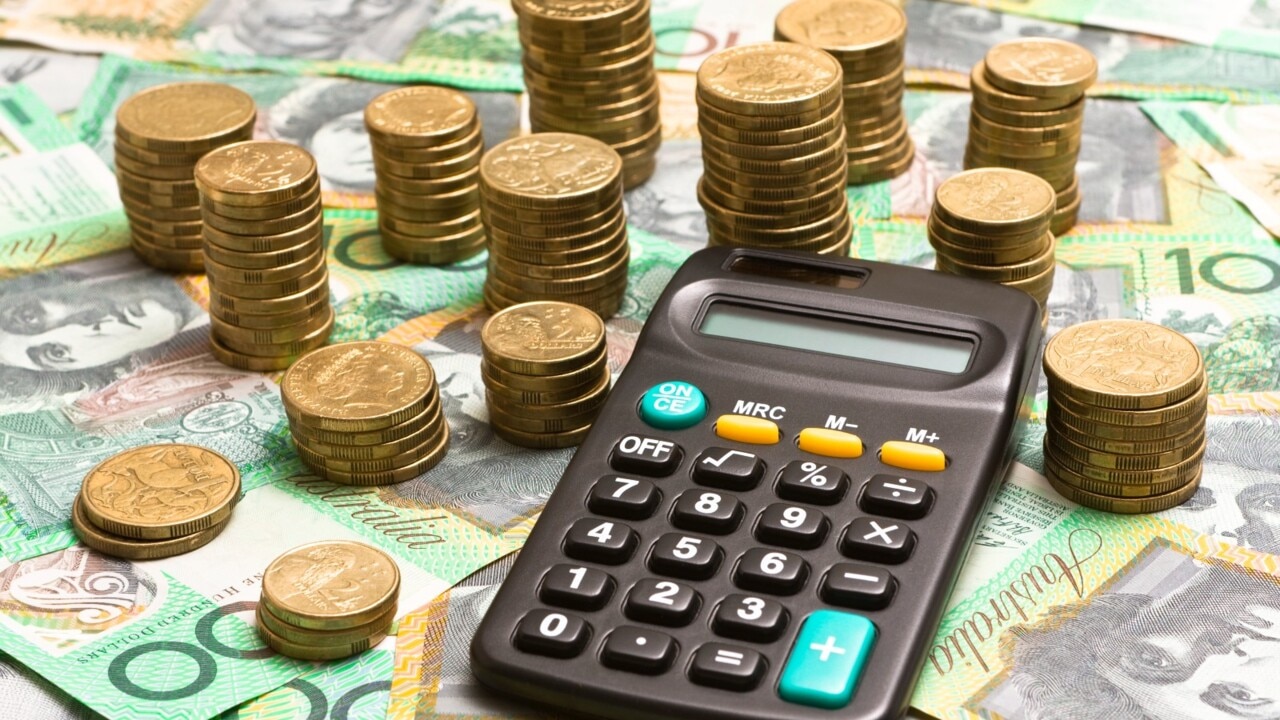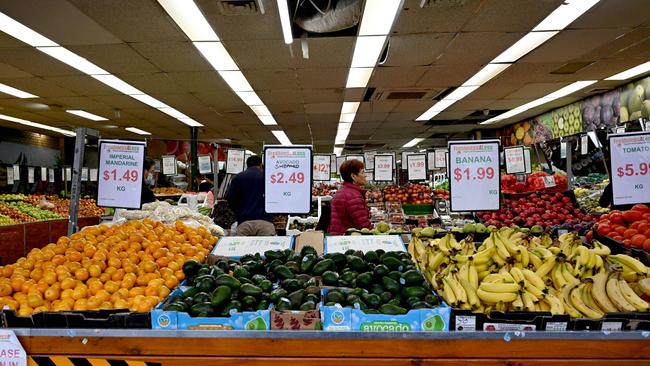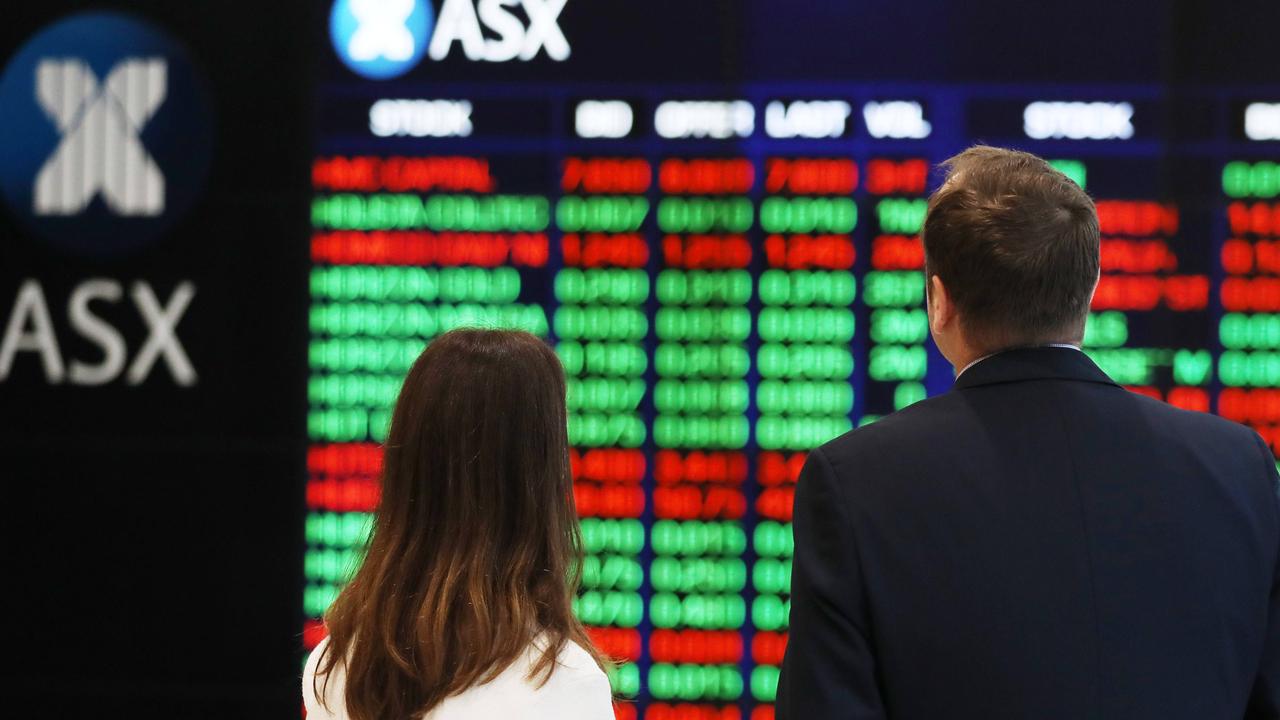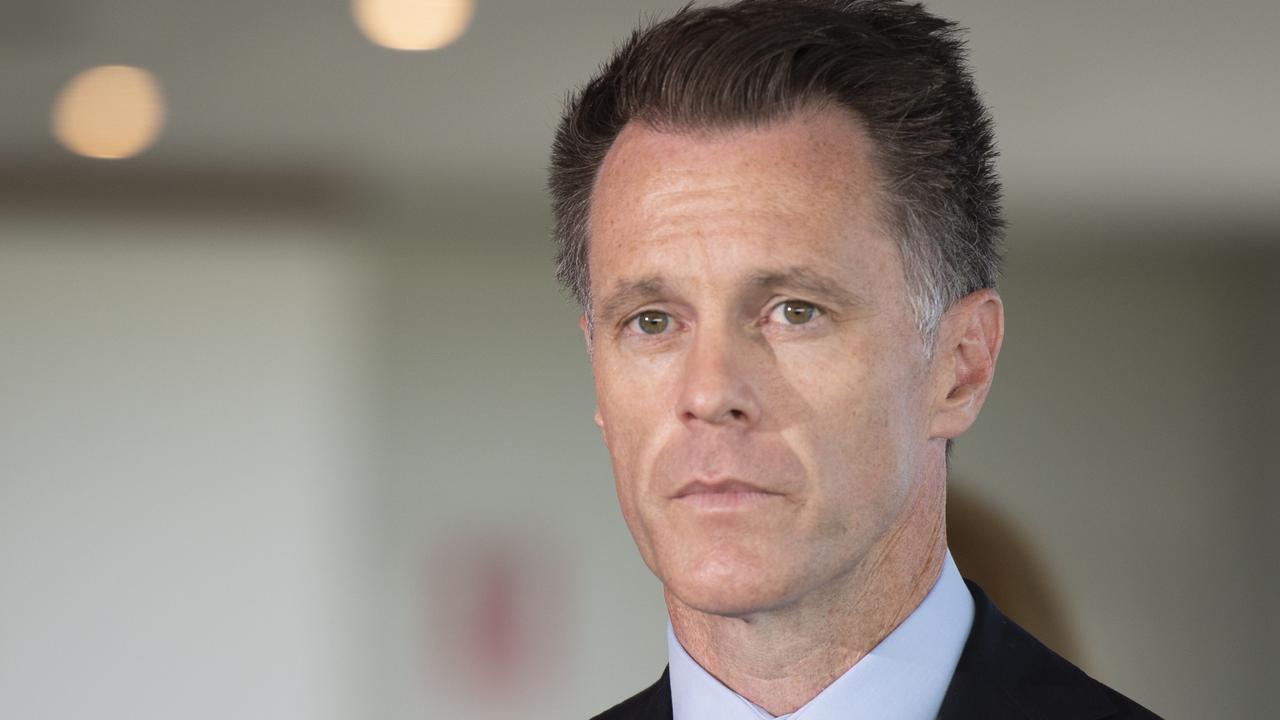Inflation in other countries is much worse than in Australia
The cost of living in Australia is skyrocketing but PM Scott Morrison has defended his Government’s actions, pointing to some key figures.

Economy
Don't miss out on the headlines from Economy. Followed categories will be added to My News.
Prime Minister Scott Morrison has defended his Government’s economic management pointing out that inflation is much worse in other countries.
The Consumer Price Index (CPI) released yesterday confirmed what many Aussies have been feeling – that the cost of living has skyrocketed.
The latest data from the Australian Bureau of Statistics (ABS) revealed the CPI rose 2.1 per cent in the March 2022 quarter, and 5.1 per cent annually.
This was the largest quarterly and annual rises since the introduction of the goods and services tax (GST), and puts pressure on the Reserve Bank to increase interest rates during the election campaign.
But Mr Morrison pointed out while inflation in Australia was 5.1 per cent, it was much worse in other countries – almost 7 per cent in New Zealand and Canada, over 7 per cent in Europe and 8.5 per cent in the United States.
“We’ve got stronger jobs growth and stronger economic growth than all the other advanced economies in the world and the G7,” Mr Morrison told Today.
The PM said Australia had maintained its Triple A credit rating, got unemployment down and the country was coming through the worst economic crisis since the Great Depression – 30 times worse that what it went through during the global financial crisis.
He noted that the government had cut the petrol tax in half and introduced JobKeeper, which he said had saved 700,000 jobs.
“The Australian economy today compared to the United States, the United Kingdom, to France, to Germany, to Canada, to Japan and New Zealand, all of these economies, we are in a much stronger position to be able to take advantage of the opportunities that are ahead,” he said.
Stream more election news live & on demand with Flash. 25+ news channels in 1 place. New to Flash? Try 1 month free. Offer ends 31 October, 2022 >

He said the pandemic had placed restrictions on how many workers could come into the country and that had impacted on the price of fruit and vegetables. The government had now introduced the agricultural visa and extended the Pacific workers scheme.
“It’s tough running a country in the middle of a pandemic … I think Australians understand that.
“As I look forward, as I see those challenges in many respects going into the rear vision mirror, we have set ourselves up to be very successful in the years ahead and have a very strong economic plan that’s been proven in the most difficult of times.”
Mr Morrison said the Coalition had also guaranteed lower taxes into the future.
“Our ship is sailing ahead and it’s heading in the right direction and now is not the time to risk that on unproven sailors,” he said.
However, Labor’s shadow treasurer Jim Chalmers said falling real wages were a feature of the economy even before the Covid pandemic and Ukraine war.
“We’ve had almost a decade now of stagnant wages growth and that’s meant falling real wages in recent times, because we’ve got this diabolical triple whammy on Scott Morrison’s watch, which is cost of living going through the roof, real wages going backwards, and now the prospect of interest rate rises very soon,” Dr Chalmers told 7.30.
He said Australia needed a bigger, better trained workforce.
“Bigger in the sense that childcare policy will mean more people can work more and earn more,” he said.

“We need a better trained workforce so they can grab these opportunities of a recovering economy,” Dr Chalmers said.
“We need to invest in the digital economy, the care economy, advanced manufacturing in ways that we have proposed, because it’s not just the quantity of the spending that matters … it’s the quality of the spending.”
EY Oceania senior economist Johnathan McMenamin told news.com.au there were a number of reasons why inflation was so high in America.
The way inflation is calculated in the United States is different than in Australia, for example, it includes items such as used cars in its basket of goods, something that is not included in Australia’s basket. This has made a difference because the price of used cars has increased significantly.
The price of electricity in America also rose significantly, while in Australia it hasn’t moved as much.
Mr McMenamin said another reason was because America’s labour market had experienced more disruption, including trends such as the Great Resignation, which has seen many workers quit their jobs and pushed up wages.
“The US has also stimulated their economy more than most other advanced economies,” Mr McMenamin said.
“They gave generous payments to people during the pandemic and more business support.”
Another reason that Mr McMenamin says is less important, is the greater shift of spending to goods over services, which also happened in Australia but to a lesser extent, and this combined with continuing problems with supply has sent prices up.
When could we see an improvement in cost of living?
KPMG senior economist Sarah Hunter told ABC News Breakfast the CPI figure could improve in the future, provided there were no further global disruptions and assuming the lockdowns in China were lifted fairly quickly.
“Fuel prices are already coming back off their peak, so globally, prices now are below $100 a barrel and they did peak at $140,” she said, adding the government had also halved the fuel excise which would also bring prices down.
However, the cost of food and building materials were unlikely to fall significantly.
“The food supply chains are particularly challenged by the impact of the conflict in Ukraine,” she said.
She said Ukraine was a major food supplier and building construction activity continued to be very strong globally.
“So it’s a mixed bag in terms of the outlook,” she said.
“We’ll probably see the headline (CPI) come down a bit based on the fuel price move. But some of the other components are unlikely to fall back in the near term.”

Prices rising in Australia
In Australia the most significant contributors to the CPI rise in the March quarter were the price of new dwellings (+5.7 per cent), automotive fuel (+11 per cent) and tertiary education (+6.3 per cent).
“Continued shortages of building supplies and labour, heightened freight costs and ongoing strong demand contributed to price rises for newly built dwellings,” ABS head of prices statistics Michelle Marquardt said.
The rise in tertiary education reflected changes to student contribution bands and fees introduced last year.
Notable rises were also recorded across the food group (+2.8 per cent), reflecting high transport, fertiliser, packaging and ingredient costs, as well as Covid-related disruptions and herd restocking due to favourable weather.
The main contributors to the rise in food prices included vegetables (+6.6 per cent), waters, soft drinks and juices (+5.6 per cent), fruit (+4.9 per cent) and beef (+7.6 per cent).
This increase was “softened” by voucher programs in Sydney and Melbourne, which reduced out-of-pocket costs for meals out and takeaway foods.
If you exclude the cost of takeaway foods and meals out, groceries rose 4 per cent.
Prices for other grocery items, such as non-durable household products (+6.7 per cent), which includes products such as toilet paper and paper towels, also rose.
Originally published as Inflation in other countries is much worse than in Australia





